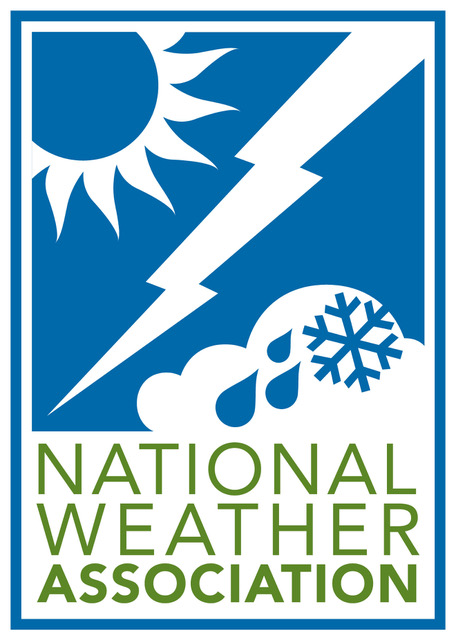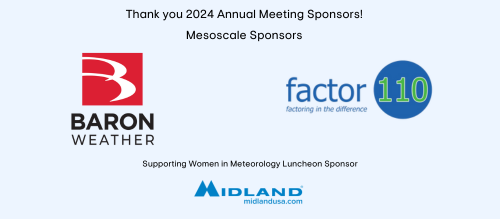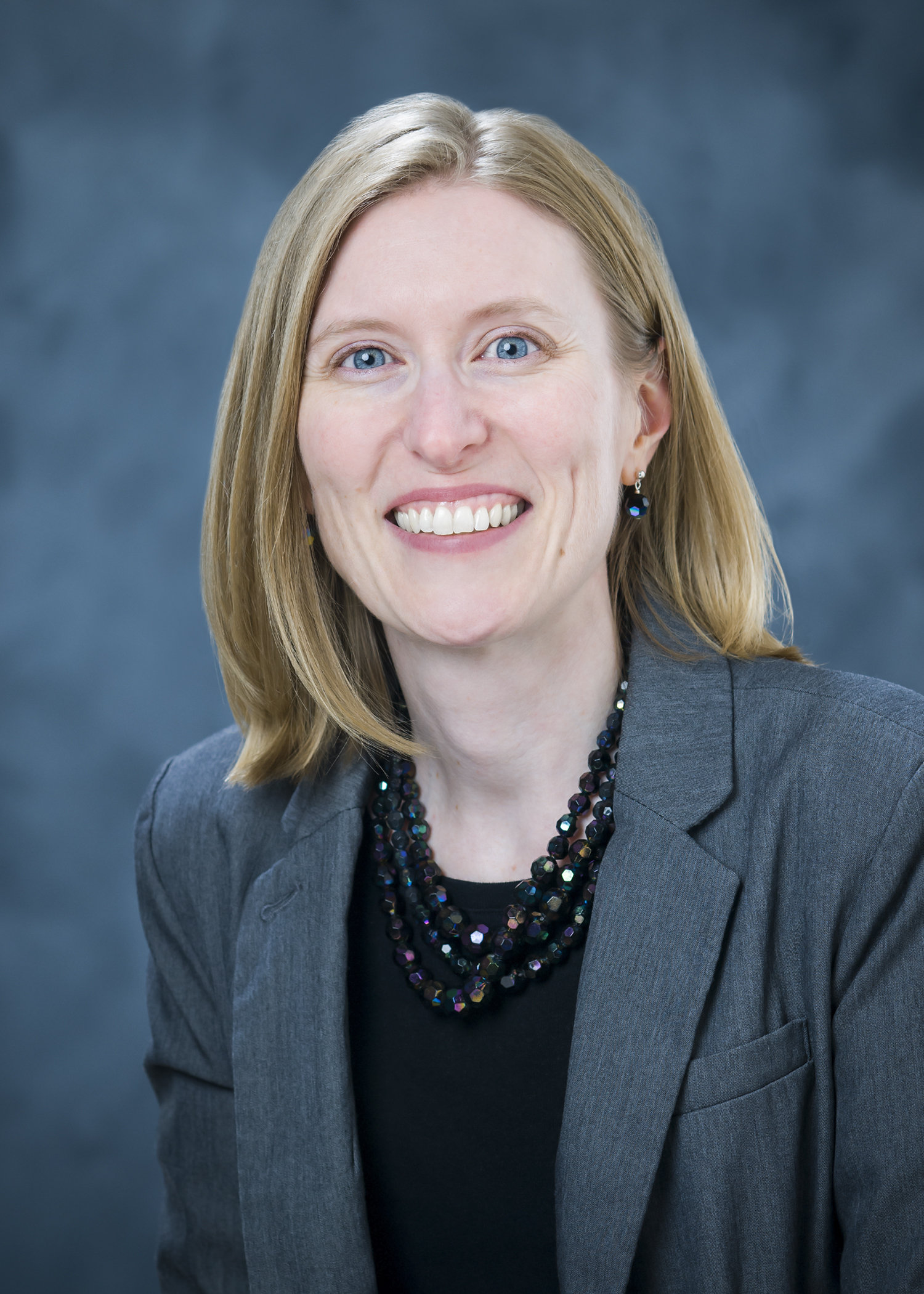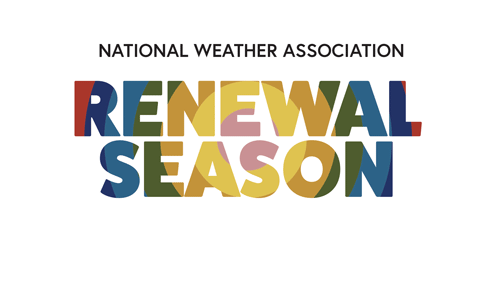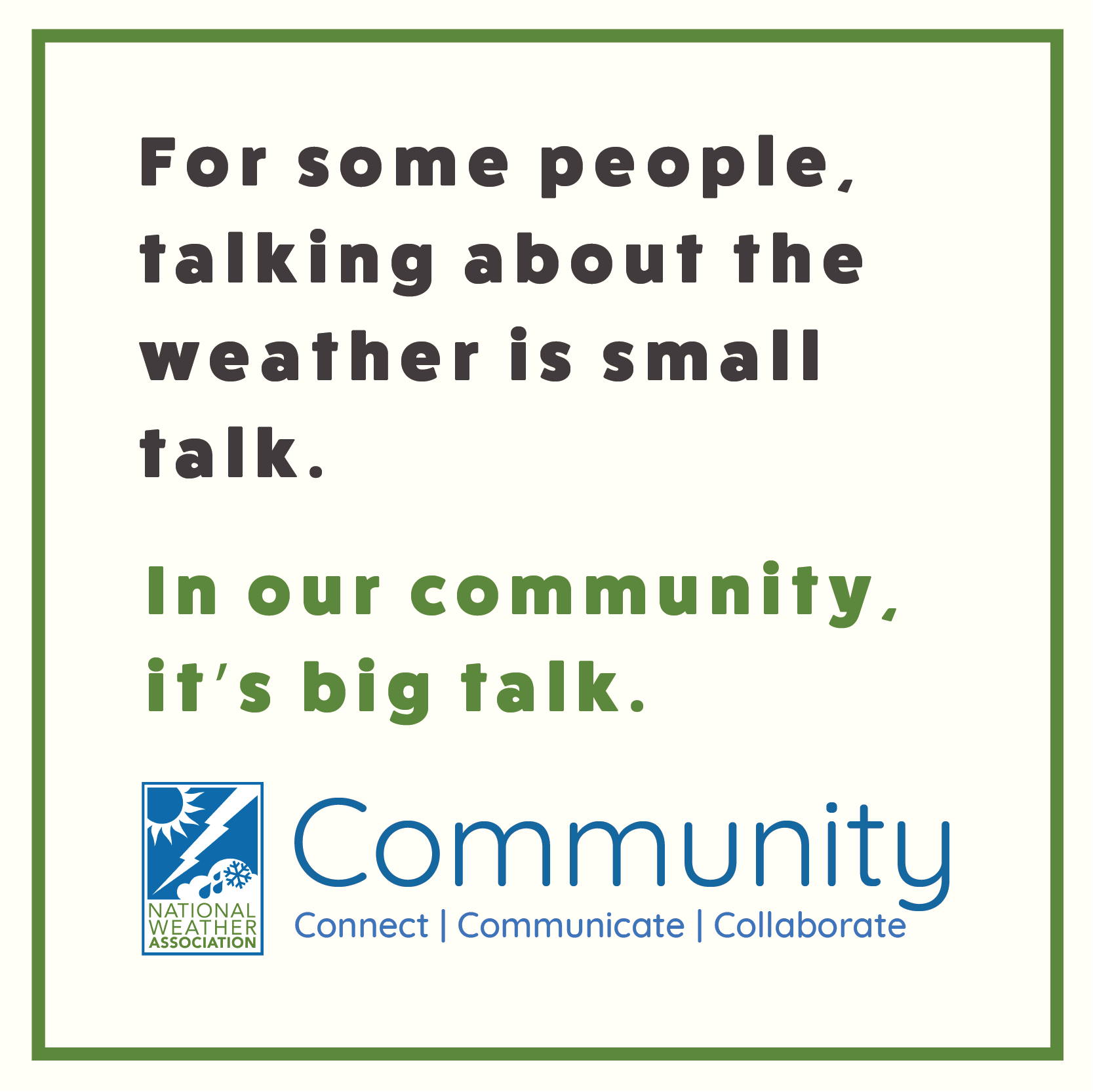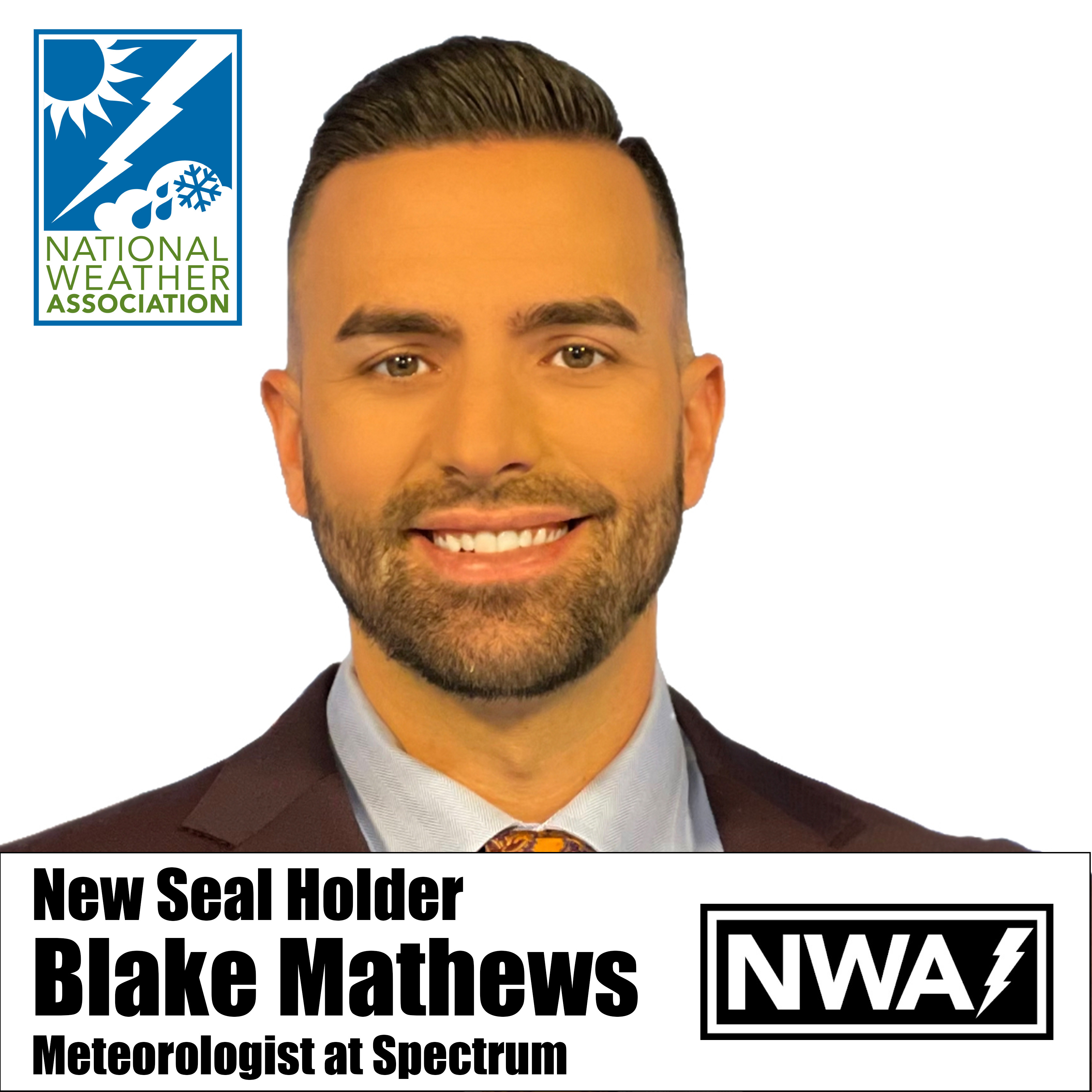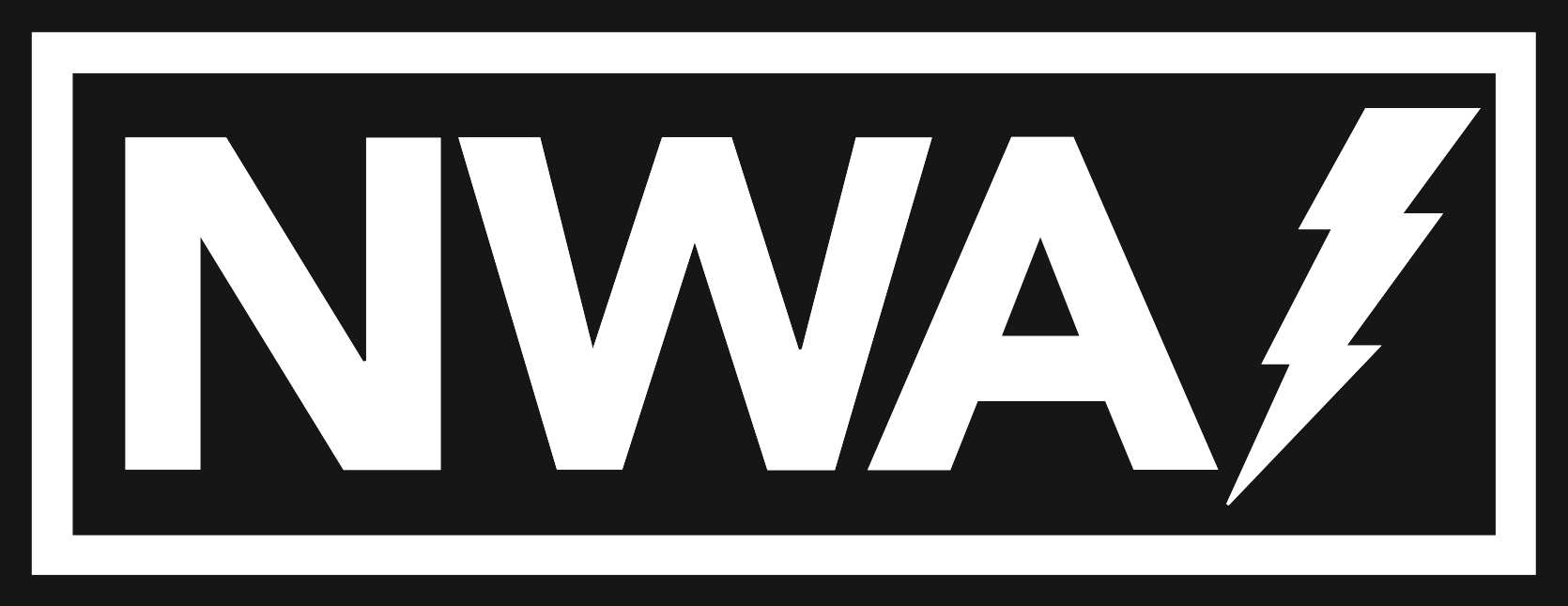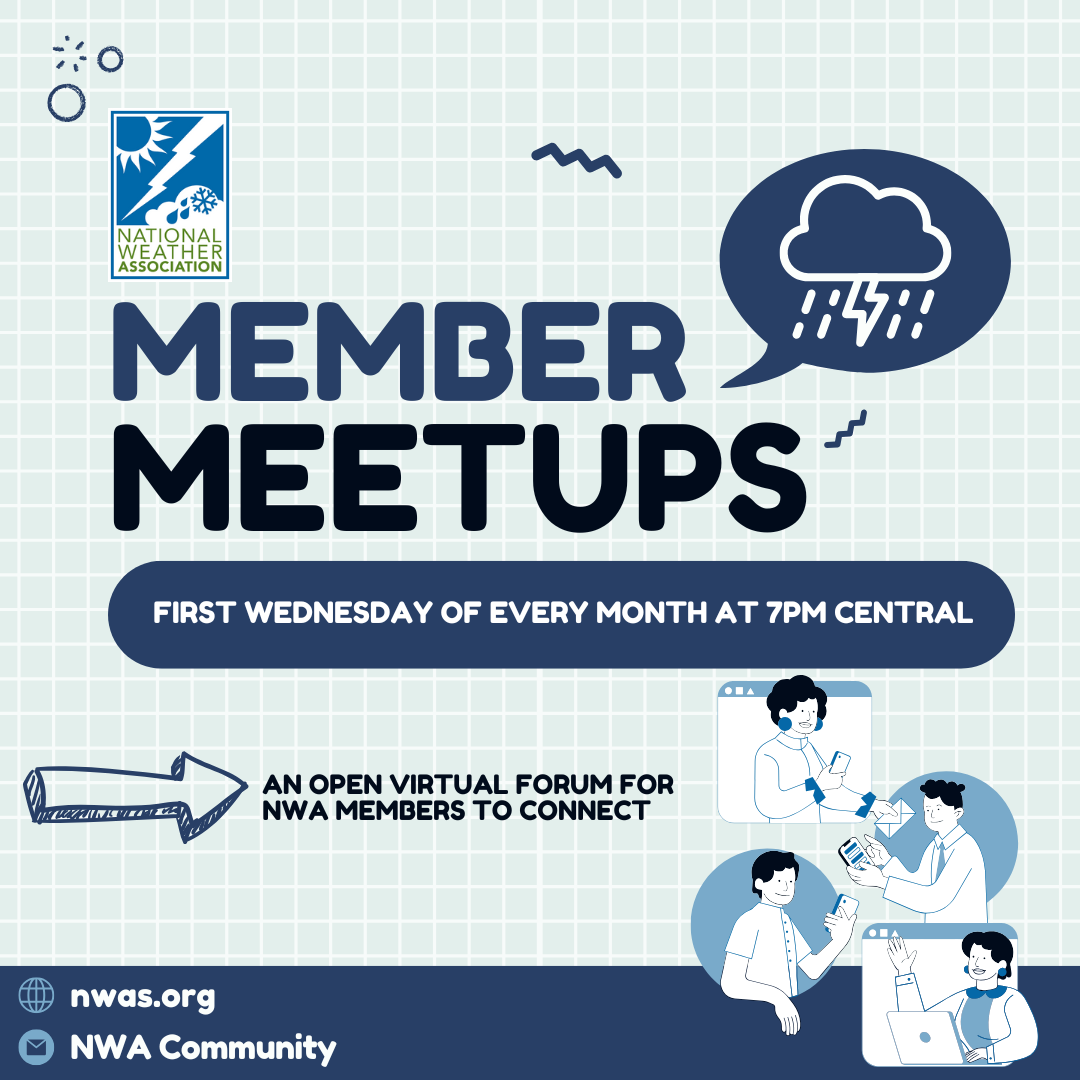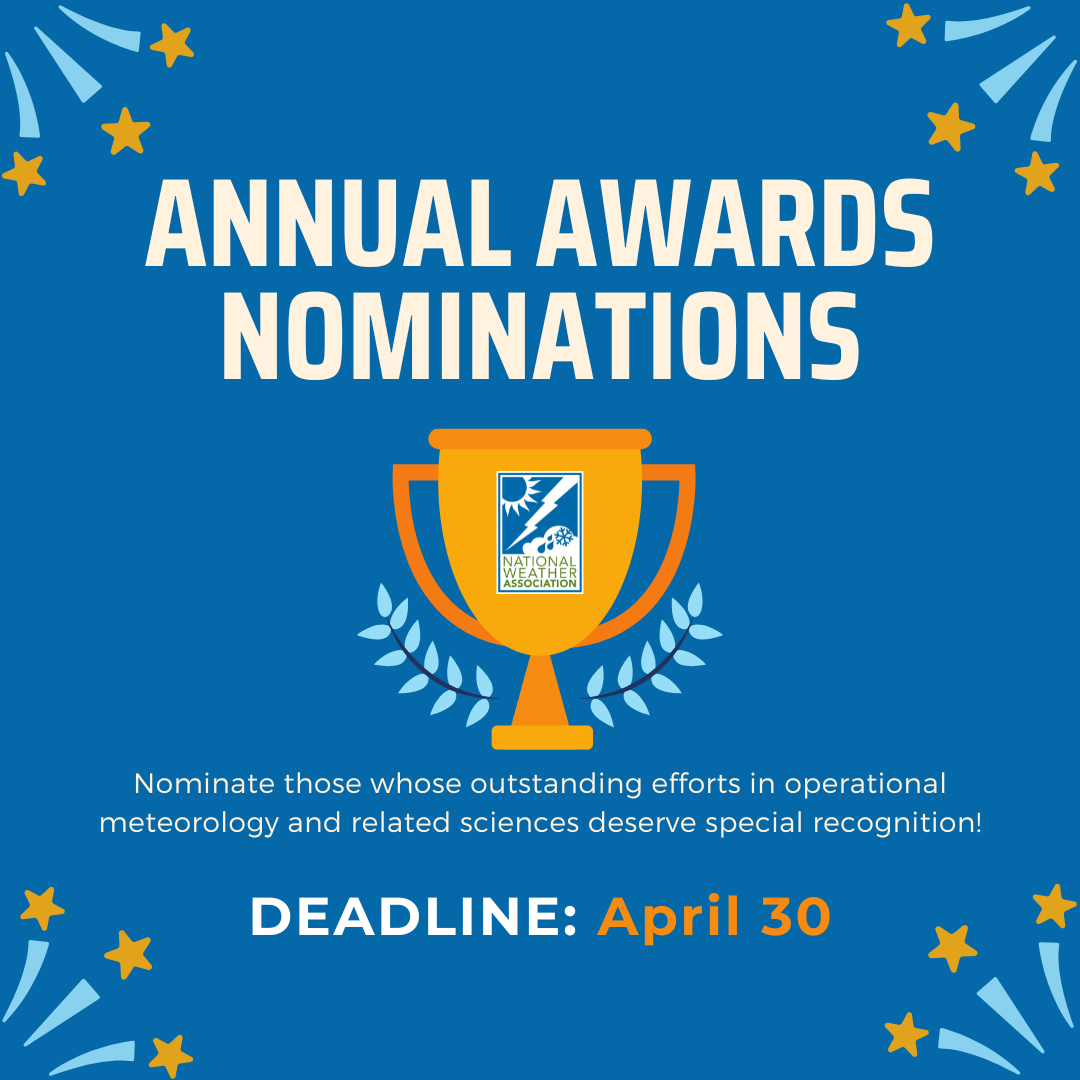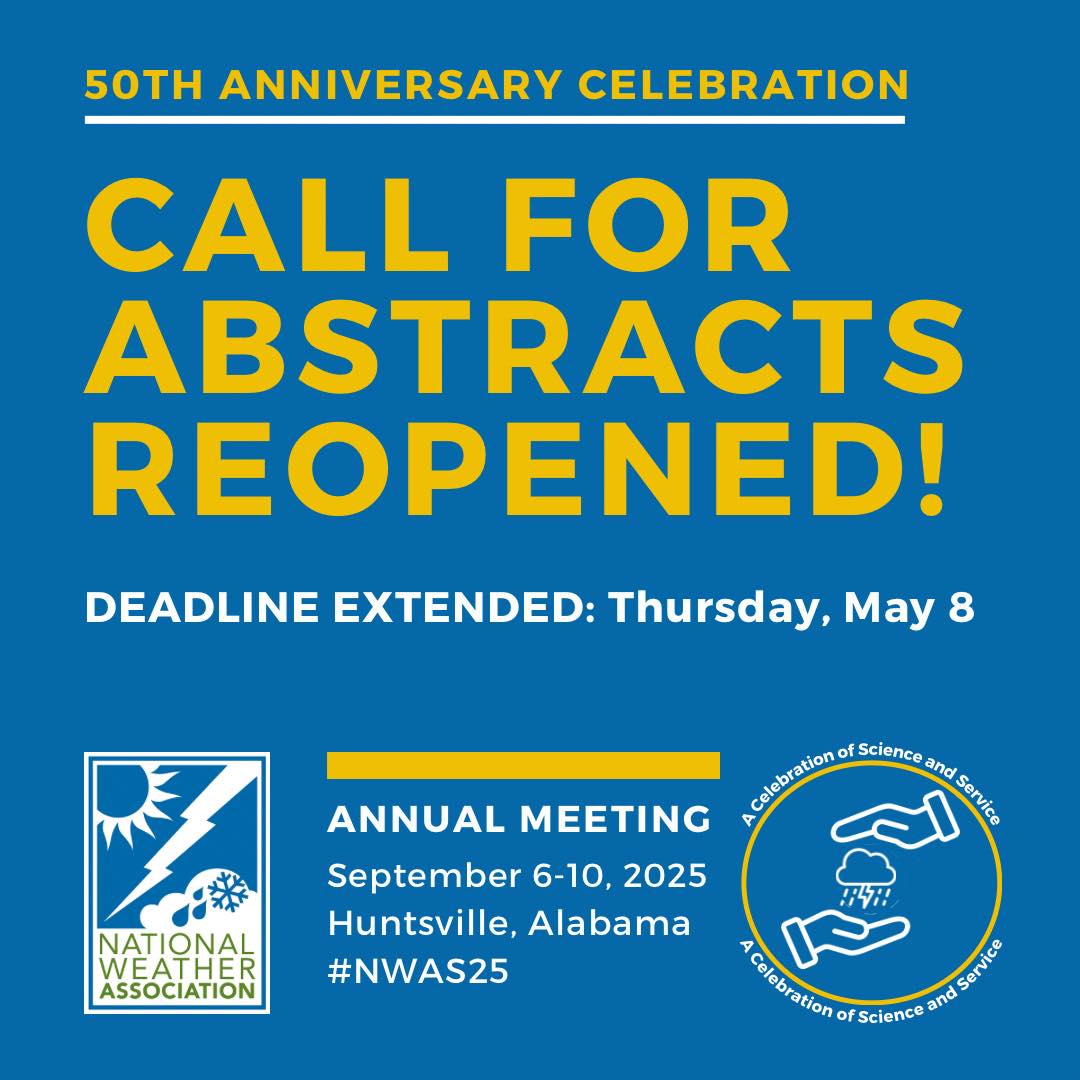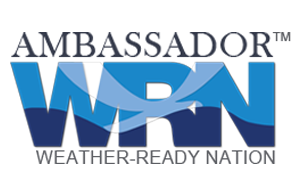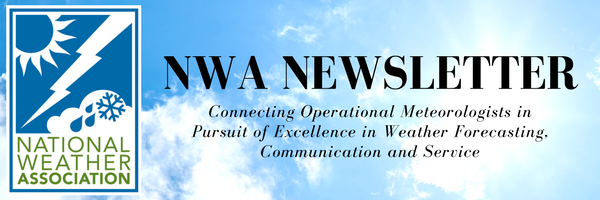 What's in this newsletter:
Presidents Message In November, we in the United States celebrate Veteran’s Day to honor America’s veterans for their service and the many sacrifices they have made for our country. I’d like to take this opportunity to focus on one specific type of veteran and thank them for their service—the members of the military responsible for weather forecasting. I’ve had the opportunity to interact with many students over the years who have had meteorological careers with the military. I was always impressed with their ability to overcome the challenges in forecasting for locations around the world. This was one reason I wanted to highlight military weather forecasters during the annual meeting. We were fortunate enough to have Major William Henning, Director of Operations, 14th Weather Squadron; Staff Sergeant Joe Tillery Pell, Weather Craftsman at the 16 Weather Squadron; Technical Sergeant James Burns, Weather Craftsman with the first Joint Special Operations Air Component; and Technical Sergeant Marshall A. White, with the 160th Special Operations Aviation Regiment (Airborne) as keynote speakers. Major Henning spoke about efforts to support the war in Ukraine which included a monthly briefing before the invasion about the physical geography, weather, and climate of Ukraine. Climate services received questions like does it rain a lot in the summer and when would there be less climate impact on displaced people. He talked about how the number of weather stations reporting in Ukraine dropped from 66 surface and 6 upper air stations on February 23, 2022, to 39 surfaces and no upper air stations reporting on February 24, the day of the invasion. Other stations later stopped reporting. TSgt White remarked that, as part of the army’s only special operations weather unit, “Anywhere those guys (the army) go we have to maintain readiness.” He gave the example of having to forecast for airdrops of equipment and supplies so they would not blow into another country. TSgt Burns talked about the challenges faced during the withdrawal from Afghanistan, a location where the US had established a presence for years, including weather observations. However—by the day of the withdrawal, they were left without that infrastructure and had to reply to reports from the ground about things like cloud height and whether it was safe to fly before they could set up a temporary observing unit. They also relied on aircraft in the area to fly at different levels to report on cloud layers and the impacts on flights. TSgt Burns gave a list of the challenges they have to deal with on a regular basis such as no historical data, no rules of thumb, an often-hectic environment, and a lack of reliable communication (e.g. no internet due to a remote location). I also asked some former students who served in the military what unique weather forecasting challenges or successes they have experienced. Michael Iwashita, who served in the Air Force, echoed some of the challenges the presenters discussed such as limited data including no radar, very few upstream observations and 15-30 minute satellite imagery. Tracy Mullins, who served in the Air National Guard, also talked about limited data while forecasting for Iraq and Syria.
Dan Miller, who served in the Air Force, said a challenge he faced was forecasting weather across the Middle East with “limited observational data and no high-resolution radar (or any radar) like we have here in the States.
Jacob Gannon also gave an example from his time serving in the Air Force.
Gannon said that his 11 years of service as an Air Force weather forecaster gave him experience that only the military could provide. He crafted weather forecasts in the Arctic Circle and provided forecasts for F-16 pilots scrambling to intercept aircraft. He said he “even had the privilege of monitoring solar activity during the final Space Shuttle mission.” As we close out the month of November, I am thankful we have a talented and dedicated cadre of forecasters in the military. In the Q&A for the keynote session, someone asked what the civilian side of the weather community could do to be better partners with the military weather community. Major Henning replied that their younger members enjoy tours of local weather offices (NWS, broadcast, etc.) and that more outreach would be beneficial. If you’re in a position to make that possible—please consider it! If you missed the session, even if you did not attend the annual meeting, we have made it available for you to watch by visiting.
New Code of Ethics and Privacy Policies Important News The NWA has an updated Code of Ethics and a new Privacy Policy. When you renew, you will need to approve of those two documents before completing your renewal. Please use the renewal form, linked below, to complete your 2023 renewal. Thank you!"
Renewals are now open. You should have received an email that includes your user ID and a link to the 2023 Renewal Form.
Coming soon: NWA Community! This new platform lets members interact with other members and access the latest NWA happenings. We will be launching soon, so stay tuned! The Research to Operations Nexus Meetup Returns to the 103rd AMS Annual Meeting The National Weather Association's (NWA) Research-Operations Nexus (RON) Meetup will return to the 103rd AMS Annual Meeting in Denver, Colorado, during the week of January8th through 12th of 2023, with a full slate of interesting topics relevant to people of all Previous RON Meetups have led to numerous professional connections that sparked new research projects and opportunities. The idea for RON Meetups was inspired by the memory of Ron Przybylinski. Ron was a former Science and Operations Officer at the National Weather Service Forecast Office in St. Louis, Missouri, and he left the legacy of his unending motivation to interconnect weather operations and research in meaningful and enduring ways. Ron was a master in the transition zone, or nexus, of operations and research. Research interactions with Ron led to large projects that provided great benefits to both the operational and research Look for announcements leading up to the AMS Annual Meeting for the specific time and
Memberclicks Member Profile Changes Updated New member features include... - Ability for members to easily view upcoming events, auto-renew activation, form submissions, email history, invoices and so much more! If you are renewing through your member profile, please select the "Renew Now" button to complete your renewal. We need everyone to take the renewal form and agree to our new Code of Ethics and Privacy Policies. If you have questions, please let us know. These enhancements are now available and can be explored through your profile.
What sparked your interest in meteorology? What is the most memorable weather event you have covered on air? What do you love to do in your free time? What do you love most about being a member of the NWA? Connect with Blake on Twitter: @BlakeMathews08
NWA Seal of Approval Holders: The deadline for December 31, 2022 recertifications is quickly approaching! If your Seal Expiration Date, shown below, is 12/31/2022, you will need to submit your recertification materials no later than December 31 in order to avoid late fees and/or Seal revocation. Emails with instructions have been sent. To see them, click on My Profile, then Messages. If you are due for recertification in 2023, you will receive information after the start of the new year. Your Seal Recertification Date: Additional Resources: Need to find your Seal number? It is on the certificate you received when your Seal was awarded. You can also find it anytime on our website. Need to find your Seal Expiration Date? Click on My Profile, then scroll down to find your Seal Member Expiration Date. Questions or concerns? Contact the National Weather Association at [email protected], or call 405-701-5167. Native American Heritage Month
The NWA recognizes and celebrates Native American Heritage Month. From the Library of Congress: What started at the turn of the century as an effort to gain a day of recognition for the significant contributions the first Americans made to the establishment and growth of the U.S., has resulted in a whole month being designated for that purpose. One of the very proponents of an American Indian Day was Dr. Arthur C. Parker, a Seneca Indian, who was the director of the Museum of Arts and Science in Rochester, N.Y. He persuaded the Boy Scouts of America to set aside a day for the “First Americans” and for three years they adopted such a day. In 1915, the annual Congress of the American Indian Association meeting in Lawrence, Kans., formally approved a plan concerning American Indian Day. It directed its president, Rev. Sherman Coolidge, an Arapahoe, to call upon the country to observe such a day. Coolidge issued a proclamation on Sept. 28, 1915, which declared the second Saturday of each May as an American Indian Day and contained the first formal appeal for recognition of Indians as citizens. In 1990 President George H. W. Bush approved a joint resolution designating November 1990 “National American Indian Heritage Month.” Similar proclamations, under variants on the name (including “Native American Heritage Month” and “National American Indian and Alaska Native Heritage Month”) have been issued each year since 1994.
September 2023 September 9-13 NWA Annual Meeting Have you checked out our job page recently? We update the job postings as they arrive, and they've been arriving more frequently. Check out the newest job postings or submit a job posting.
National Weather Association | 3100 Monitor Ave, Suite 123 | Norman OK 73072 | 405.701.5167 Publisher: Janice Bunting, NWA CEO Submit newsletter items to [email protected] |
